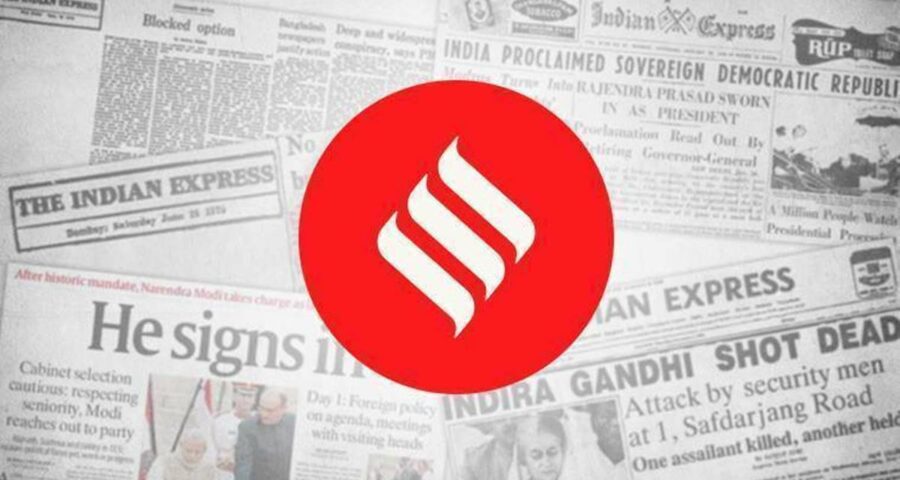Farmers’ unions can’t wash hands of violence, it discredits long winter of peaceful protest, makes resolution more fraught.
The images of violence from the heart of the nation’s capital, of lumpen youth forcing their way atop the ramparts of the Red Fort, to wave a flag that was not the Tricolour on the 72nd Republic Day, pose serious questions. They are questions, primarily, for the farmers’ movement to answer. The Samyukta Kisan Morcha has said it “dissociates” itself from Tuesday’s “anti-social elements” and events, and has called them “undesirable” and “unacceptable.” That is not enough. It cannot evade its own responsibility for the tractor march taking a violent turn. What is also clear is this: The violence has hurt, most of all, the farmers’ protests and movement. It deals a blow to what has been, so far, its biggest boast: That even as it has voiced its strong opposition to the Centre’s new farm laws, it has stayed scrupulously sober and meticulously kept the peace. Even on the eve of Tuesday’s march, visible attempts were made by leaders in a largely leaderless agitation to ensure that the designated routes are adhered to, and that the restraint that has marked the over two-month-long sit-in at Delhi’s borders is maintained. That it wasn’t, that the mob took over and went on a rampage, means that the defining image of the protests will no longer be of farmers camping in the cold against laws they perceive to be harmful imposed by a government they see as arrogant, but of tractors being used as bulldozers to break barricades and a religious flag being hoisted at Red Fort by a crowd that forcefully entered its premises.
Ever since it began more than six months ago, the farmers’ movement was leaderless and that was also seen to be its strength. The lack of identifiable faces helped it to keep the focus on its stated purpose — repeal of the three farm laws that the Modi government had pushed without adequate consultation through Parliament. Tuesday’s riotous scenes, however, will invite the charge that its leaderlessness has slipped into rudderlessness. For the farmers, therefore, the march that became a showdown is a giant step backward after significant gains had been made with the government offering to put the laws on hold — an offer the farmers rejected as not good enough. The farmers’ movement is now pushed firmly onto the backfoot, from where it must contend not just with the challenge of finding a way forward, but also, in the near term, with issues of legal accountability for the scenes of disorder.
But the government cannot afford to see this as a we-told-you-so moment. That a section went rogue and has discredited the protests does not a resolution make. In fact, it makes it more fraught. More name-calling is not the answer. No matter where it goes from here, the farmers’ protest has pointed to the path governance and legislation and reform must not take. Reform cannot be imposed by turning a deaf ear to people’s anxieties and concerns, due deliberation must not be short-circuited in framing law. The hard work of communicating and persuading on the farm laws remains to be done. The farmers’ self-goal is, by no means, anyone’s victory.
Source: Read Full Article


